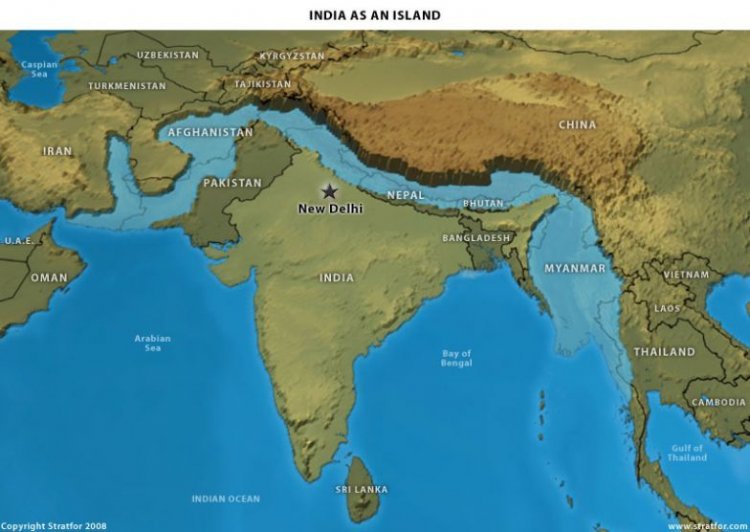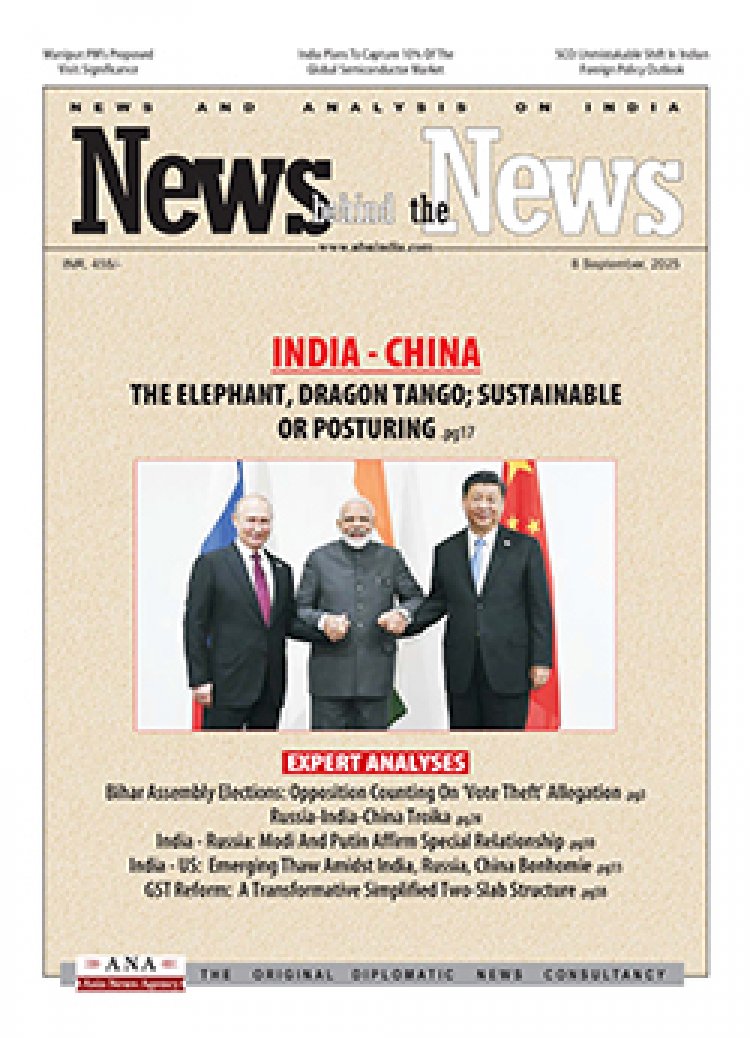India’s New Geopolitics: Focus on Indian Ocean Islands, Eurasia and Europe
STORIES, ANALYSES, EXPERT VIEWS

India is focussing on islands in the India Ocean as part of its new geo-politics.
This, writes Chilamkuri Raja Mohan (academic, journalist and foreign policy analyst; Director of the Institute of South Asian Studies, National University of Singapore; former founding Director of Carnegie India) includes countering China’s influence in the Maldives, “or Delhi’s new engagement with the resource-rich Papua New Guinea in the Pacific Islands, the joint development of infrastructure on the Agalega island of Mauritius, the collaboration with Australia in the eastern Indian Ocean islands, or the NDA government’s focus on developing the Andamans to our east and the Lakshadweep to the west…”
More broadly, “India’s strategic imagination of the world’s regions and how we describe them has altered significantly over the last decade.” For example, the ‘Indo-Pacific’, despite historical hesitations “is now well-established in the Indian discourse, and so is its institutional anchor, the Quad, which brings together Australia, India, Japan and the US."
From Eurasia to Europe
The idea of ‘Eurasia’ “has not gained equal currency in the Indian strategic discourse but is now part of India’s new diplomatic vocabulary……India’s thinking on Eurasia began to change amid Delhi’s deepening problems with Beijing, the growing conflict between Russia and the West, and the deepening Sino-Russian alliance. India’s interest is no longer limited to inner Asia but has expanded to include Europe in the far western corner of Eurasia.”
Interest in Europe, a long been a neglected geography “has changed in the last decade. High-level exchanges offer one indication. According to the foreign office, Modi has travelled to Europe 27 times in the last 10 years and received 37 European heads of state and government; External Affairs Minister Subrahmanyam Jaishankar has travelled 29 times to Europe and received 36 counterparts in Delhi over the last five years.”
Trade grows, agreements await
Trade is another indication, states Mohan. “While a free trade agreement with the European Union remains elusive, the flow of commerce, investment, technology, and people between India and Europe is growing steadily. Europe is India’s second-largest trading partner and third-largest export destination. Last month, India signed a free trade agreement with the EFTA, constituted by four small but significant countries — Iceland, Liechtenstein, Norway and Switzerland.”
The plans for an economic corridor between India and Europe via the Middle East, the Abraham Accords, the Gaza war, the rise of the Arab Gulf, India’s deepening partnership with the UAE and Saudi Arabia, the presence of nearly 20 Indian naval ships outside the Red Sea region today, and the growing engagement with Africa “is producing a more integrated view of the Middle East, Africa, the eastern Mediterranean and the Western Indian Ocean. These were often seen as separate categories in the past.”
The geopolitics of the Zomia and Khorasan
As India looks ahead, Mohan identifies two new geographies — ‘Zomia' and ‘Khorasan’ — that might draw more “strategic attention amid the growing pressure on the Subcontinent’s eastern and western frontiers.
“In the east, the Burmese army is losing ground to a coalition of opposition militias in the country’s north. The potential political vacuum in upper Burma could spell trouble all across Zomia– an academic term for a region where the high lands of North East India, South West China, and South East Asia meet. It’s a region where centralised state control has been traditionally weak and is full of minority populations, some of whom straddle across formal state borders.”
The ethnic restiveness, the return of violent religious extremism, and growing military tensions on Pakistan’s western borderlands “raise questions about the sustainability of the current frontiers in what we might call the ‘Khorasan’. The term ‘Khorasan’ refers to Persia’s eastern borderlands, including parts of modern Pakistan, Afghanistan and Central Asia.
“Few in Delhi would want to bet that the political and territorial orders in Zomia and Khorasan will endure in their current form. India, then, will inevitably be drawn deeper into the geopolitics of the Zomia and Khorasan.”















